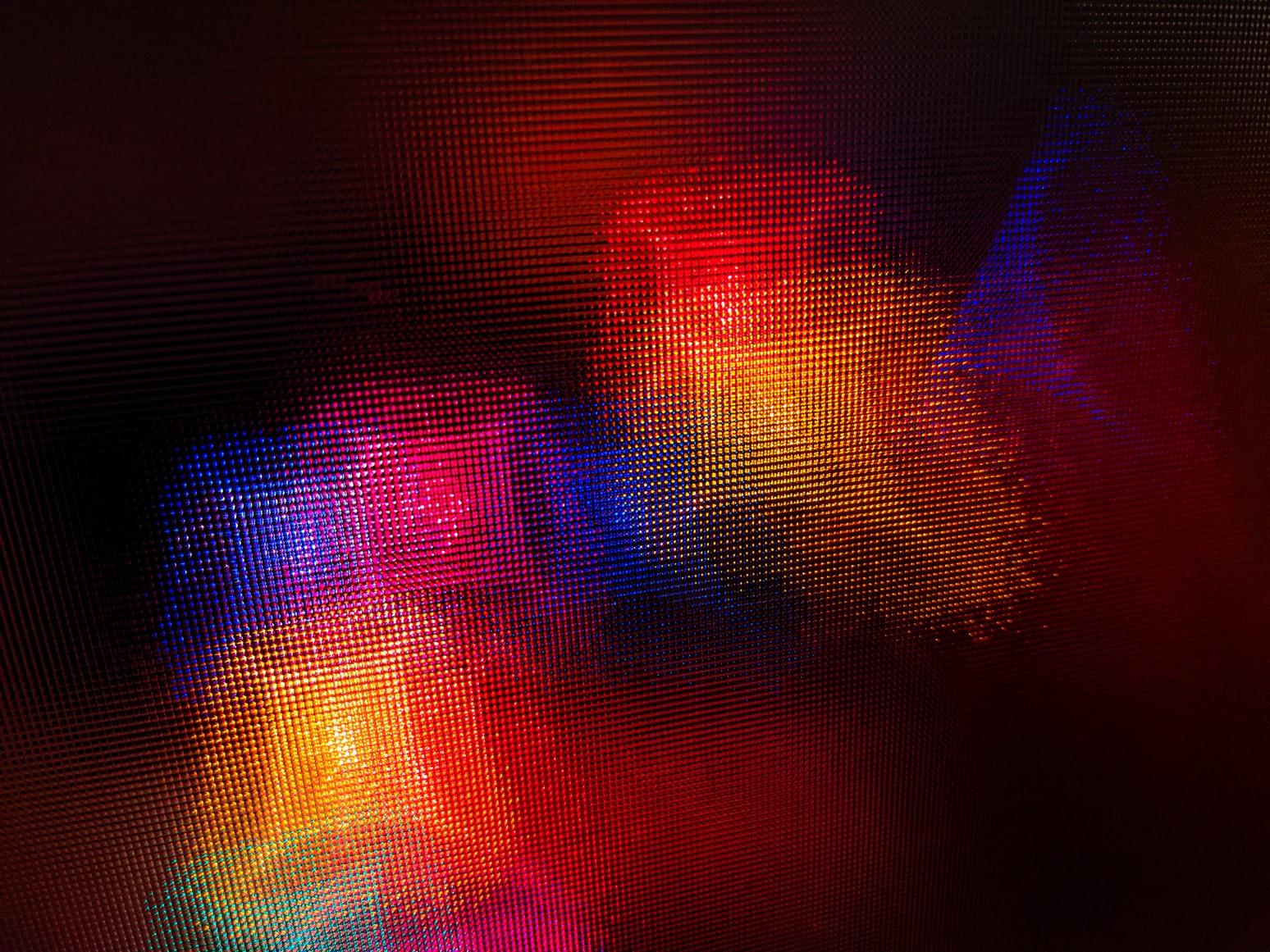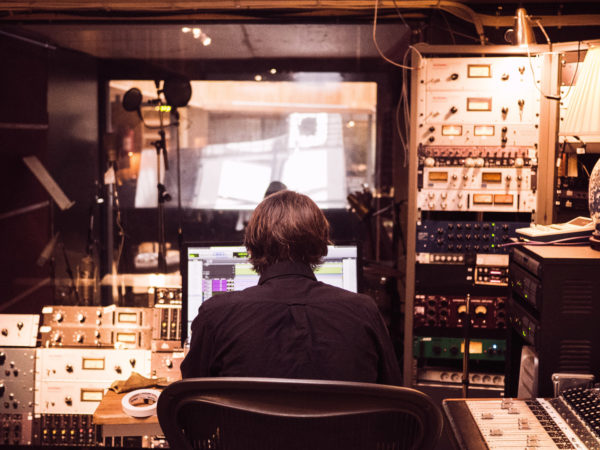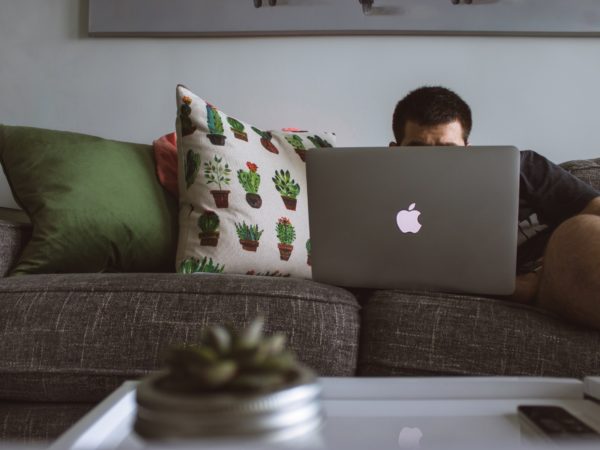
Here’s a hot take: Sound design is just as important as the visual elements in any film or video.
You could even argue that the sound is more influential in how an audience will understand and react to the story you’re trying to tell them.
There are a dozen different reasons for this, but three of them are probably the most convincing points. You can remember them this way:
- Sound design adds impact/weight to on-screen actions and dialogue.
- Sound design provides depth/believability to the locations and settings.
- Sound design evokes emotion/engagement from the underlying story.
You can also think of them as the three (unofficial) pillars of sound design, pieces of the broader puzzle that you want to keep front and center to take advantage of.
Because the better you integrate these elements into your projects, the more cohesive — and engaging — your videos will be. And that’s where storyboarding comes into play.
There’s No Wrong Way To Storyboard
Before exploring the three narrative pillars of sound design and implementing them into your pre-production, it’s important to talk about the elephant in the room.
When you hear the word “storyboard,” what do you think of? Elaborate flipbook-style drawings? A visual outline for video projects? A resource for Hollywood directors that seems overly complicated?
There’s no right or wrong answer. Like any other technique used by filmmakers and visual storytellers, storyboarding is a completely optional tool. But it has its advantages, particularly when you are trying to visualize a project and which elements you can use as threads to tie different parts, scenes, and themes together.
In its simplest form, storyboarding is a way to visualize and brainstorm. And while we often see examples of big-budget film storyboards that look like comic book drafts, there’s no such thing as the Storyboard Police to come after you for doing things your own way.
Maybe you just list out camera movements, like a specific sort of push or how you want a character to move across frame. Maybe you note sound effects or ambient noise to capture on set. You can call out certain animations or visual effects you’d like to try out later on.
Your own storyboards can have as little or as much detail as you want to include. It’s the outline to your project, after all.
Incorporating Sound Design Into Storyboards
Of course, we’re here to talk about sound design and how you can implement that into your storyboards. More importantly, however, is understanding why including sound design in your pre-production process will make your projects that much better.
In a technical sense, the items that make up “sound design” are sound effects, voiceover, and music. But the only way to properly use all three pieces is to visualize (or whatever the audio version of that term is) how sound design will interact with your footage, add to the final product, and affect your audience’s experience.
Sound design can achieve multiple things in any video, but it’s simplest if we break those effects into the three pillars we mentioned earlier: adding impact, providing depth, and evoking emotion.
Add Impact Or Weight
Watch a film or well-produced video with any staged action — a roundhouse punch, a car accident, a dropped kitchen utensil, etc. — and you’ll experience sound design at work.
You can’t always rely on natural audio recorded on set to perfectly capture an action. Human brains do this weird thing where we often associate an action with a specific sound, even if the action doesn’t make that sound. (Think about the sword shing! sound in any fantasy film.)
This is the part of sound design attributed to Foley artists. And since there’s an entire sub-industry dedicated to it, we can safely assume that impact sounds or environmental noises really do contribute a lot to the audience’s experience of a video.
While you may not hire a Foley artist to bring their collected “tools” to your studio, you can think like a Foley artist during pre-production. When you’re building your storyboards and visualizing each action, you can also think about how you want the action to sound.
Do you push focus on a specific event and want the audience to feel it? Layering in sound effects can do that. Do you want a particular scene to realize the consequences of a decision? Leave a note about what kind of mood you want the background music to build.
It’s an easy way to spruce up your pre-production process.
Provide Depth Or Believability
Anyone who has ever filmed a historical, fantasy, or SciFi project knows that making an imaginary world believable might just be the biggest challenge of all.
Think about every scene on a ship in Master & Commander — each creak, groan, and whisper builds the sensation of being at sea. Most readers haven’t experienced that, so it was the sound designer’s job to make it feel real…even if that meant dramatizing certain elements.
The same goes for monster sounds in fantasy or horror films. The film crew has to convince readers to believe that a 10-foot troll on screen isn’t a guy in a costume or a CGI creature. Sound design reaffirms what our eyes see, and that can “trick” our brains into believing the world of Pandora in James Cameron’s Avatar is more than just a collection o f3D-renders.
A key role — maybe the key role — of sound design is to simulate reality for the audience. That means you’ll want to incorporate sound design and think about how you’re going to do that; storyboarding is the cross-section between the two, giving you a place to spot things that need some depth or believability and making note of that before filming starts.
Evoke Emotion Or Engagement
Every filmmaker is a storyteller, whether you’re crafting war documentaries, zombie films, car commercials, local weddings, or any other sort of video project you can imagine.
As a storyteller in a visual medium, you know how important it is to create depth and emotion. But you don’t want to be heavy-handed with it, which means you need to find discreet ways to achieve that in the background.
In an ideal world, filmmakers spend pre-production crafting the emotional journey for the audience as well as planning a shot list and writing a shooting script. It’s a way to keep the viewer in mind, to answer their questions and meet their expectations.
Oh, and bring them to tears, fill them with anger at the villain, make them jump out of their seat in excitement, etc. Those responses are the reactions that filmmakers dream of, the kinds of connection that changes and impacts people’s lives.
By incorporating the “emotional arc” of your project into the storyboards, you’ll be able to plan for each stage of that subtle, unspoken journey. Maybe that affects how you shoot a scene, or frame a shot, or collect ambient audio. But it will certainly be felt by the audience in the end.
Storyboarding: Your New Best Friend
Hopefully it’s become obvious that incorporating sound design into pre-production adds even more value to storyboarding. Maybe you’re actually excited to find a storyboard template and start work on your next project to see how this can improve your creative process.
That’s the trick, really. We have access to an endless supply of tools and resources these days. Sometimes, we just need a little incentive or enthusiasm to take advantage of something we never paid attention to before.
Planning for sound design doesn’t just make pre-production more thorough. It also helps give more direction during filming, and it’ll take out a lot of the guesswork in post-production too.
By thinking about these “three pillars” of sound design, you’re taking a big step in evolving your creative process. You’ll be able to craft the best possible video content while you elevate your craft as a visual storyteller. And that’s the sort of improvement we all want to see.




